Scientists performed simulations of merging rotating superfluids, revealing a peculiar corkscrew-shaped mechanism that drives the fluids into rotation without the need for viscosity.
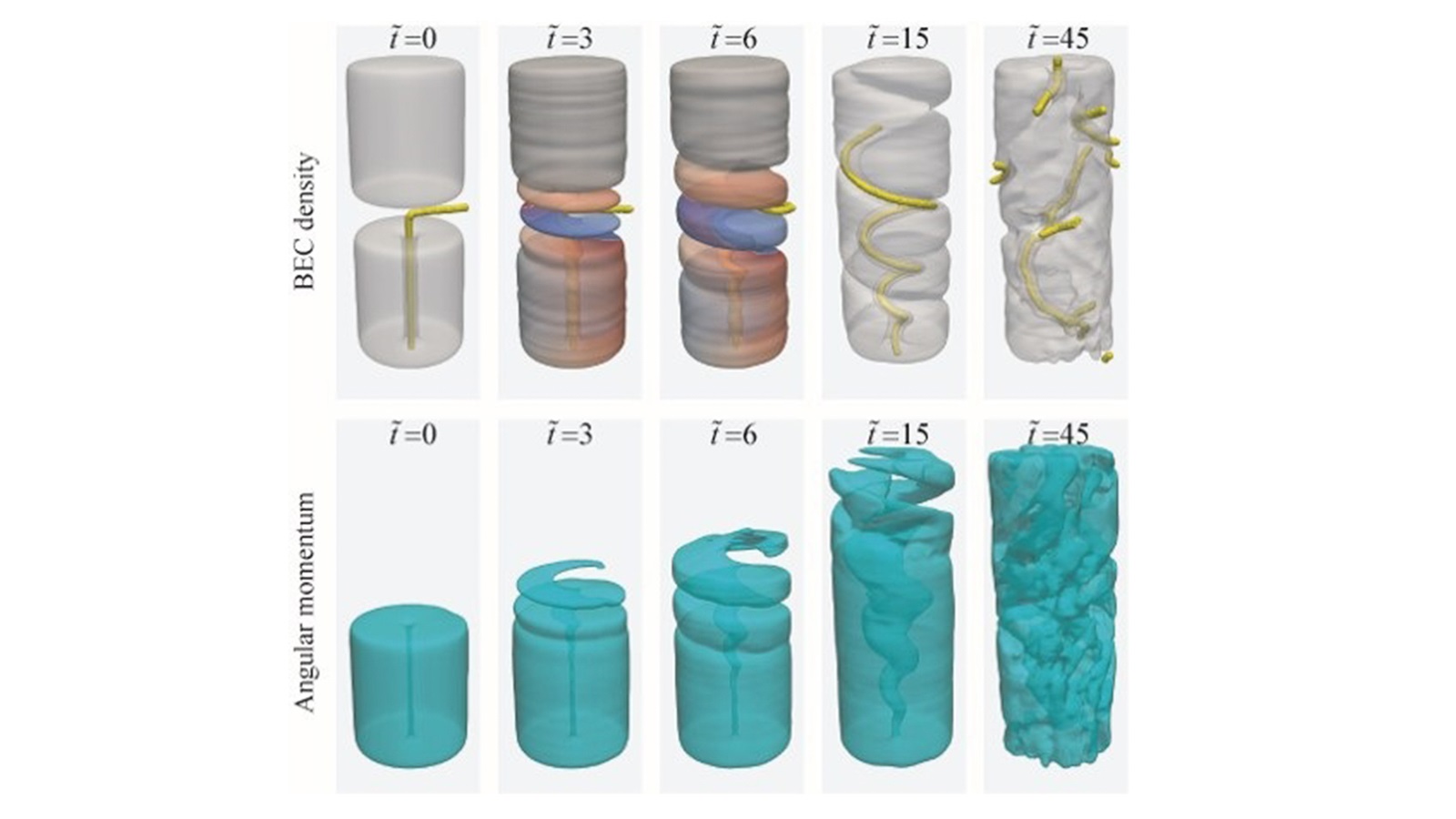
news, journals and articles from all over the world.

Scientists performed simulations of merging rotating superfluids, revealing a peculiar corkscrew-shaped mechanism that drives the fluids into rotation without the need for viscosity.
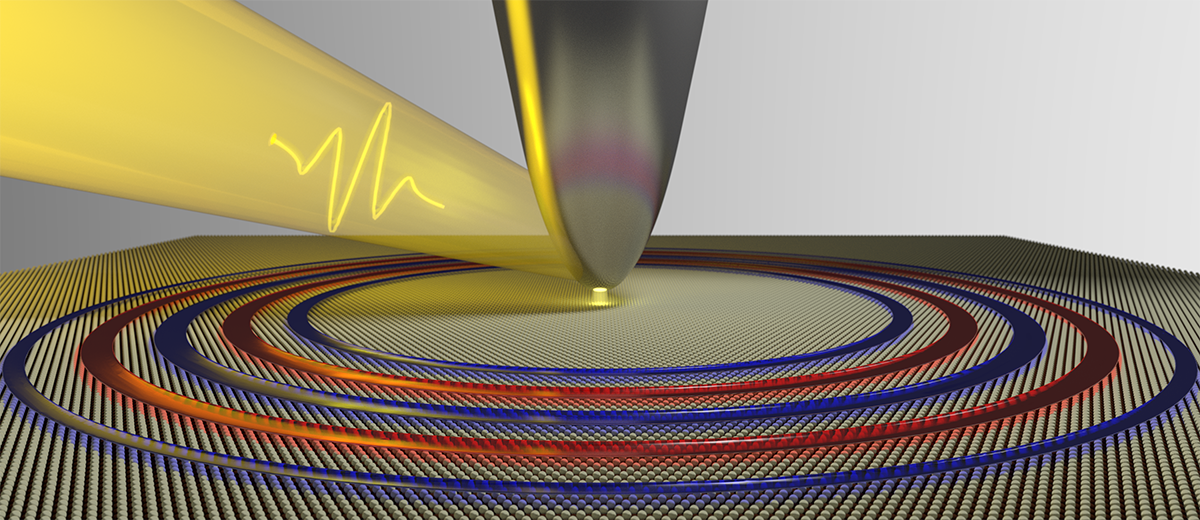
A team of researchers co-led by Berkeley Lab has observed unusually long-lived wavelike electrons called “plasmons” in a new class of electronically conducting material. Plasmons are very important for determining the optical and electronic properties of metals.
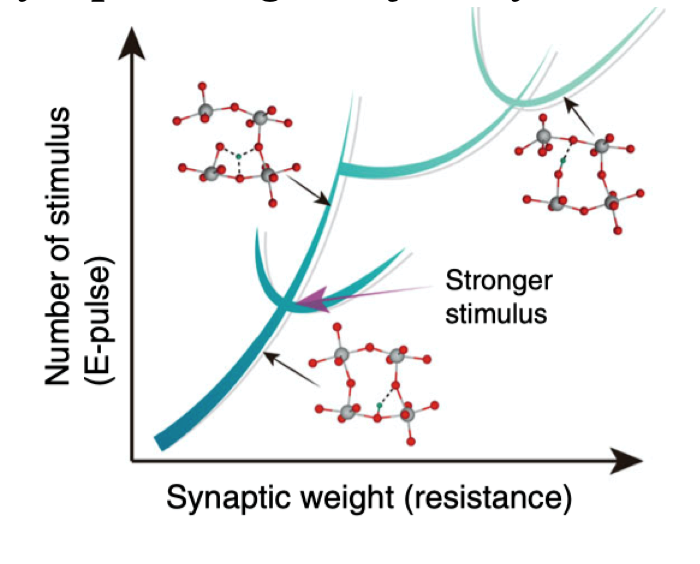
Research findings published in Nature Communications outline how a national team of researchers supported by the DOE’s Office of Science opens up a new dimension of safe hardware for AI and neuromorphic computing.
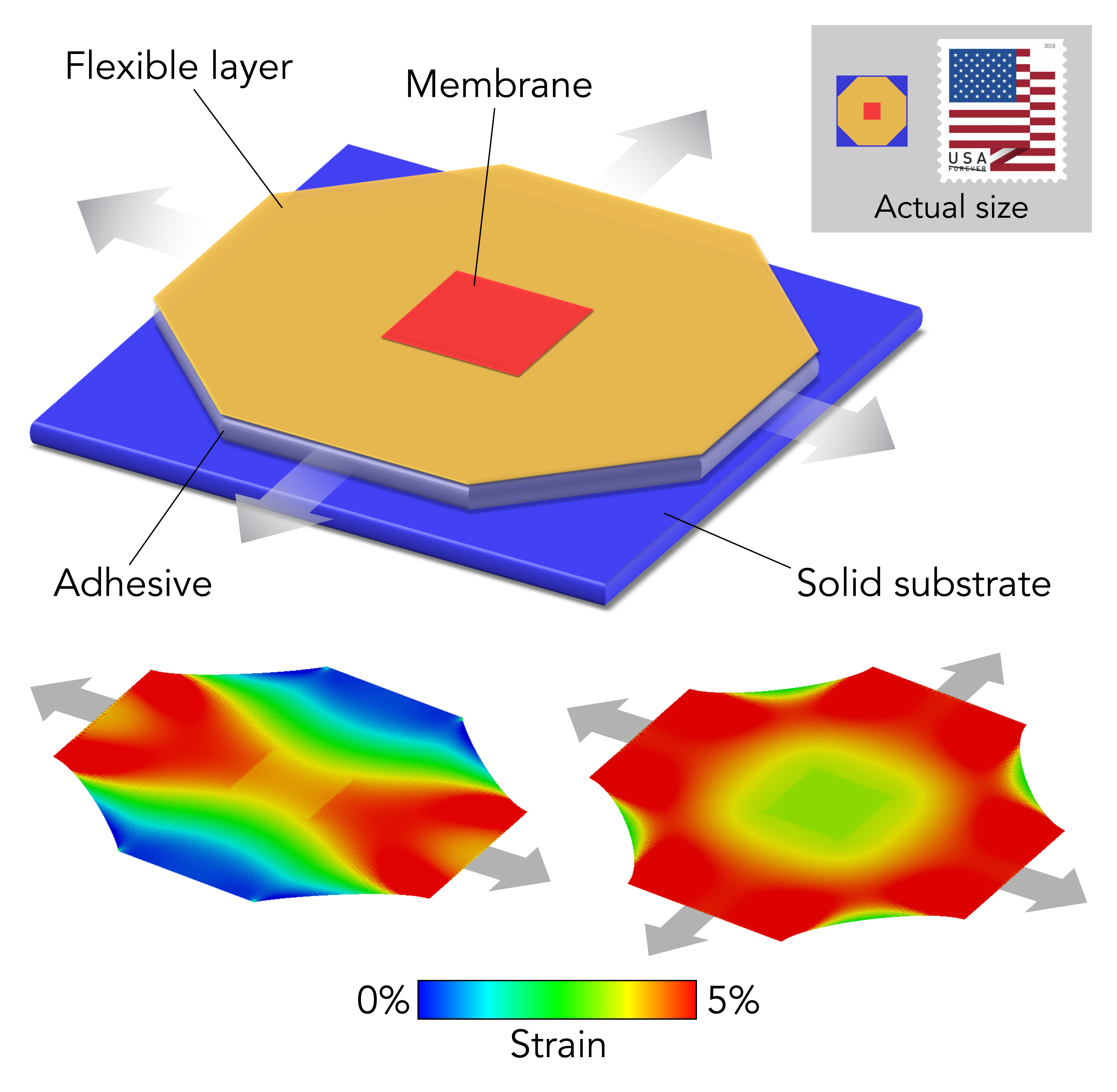
Turning a brittle oxide into a flexible membrane and stretching it on a tiny apparatus flipped it from a conducting to an insulating state and changed its magnetic properties. The technique can be used to study and design a broad range of materials for use in things like sensors and detectors.
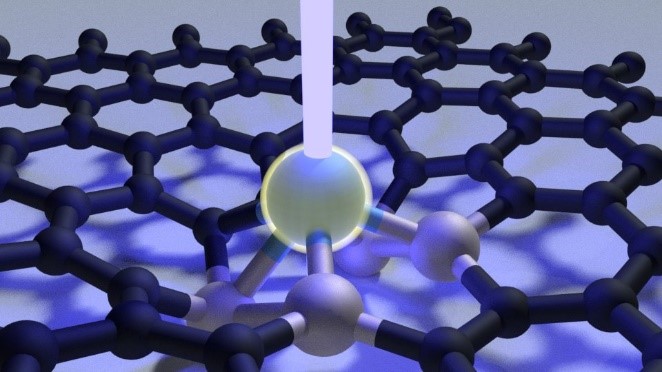
Story Tips: Molding matter atom by atom and seeing inside uranium particles, from the Department of Energy’s Oak Ridge National Laboratory
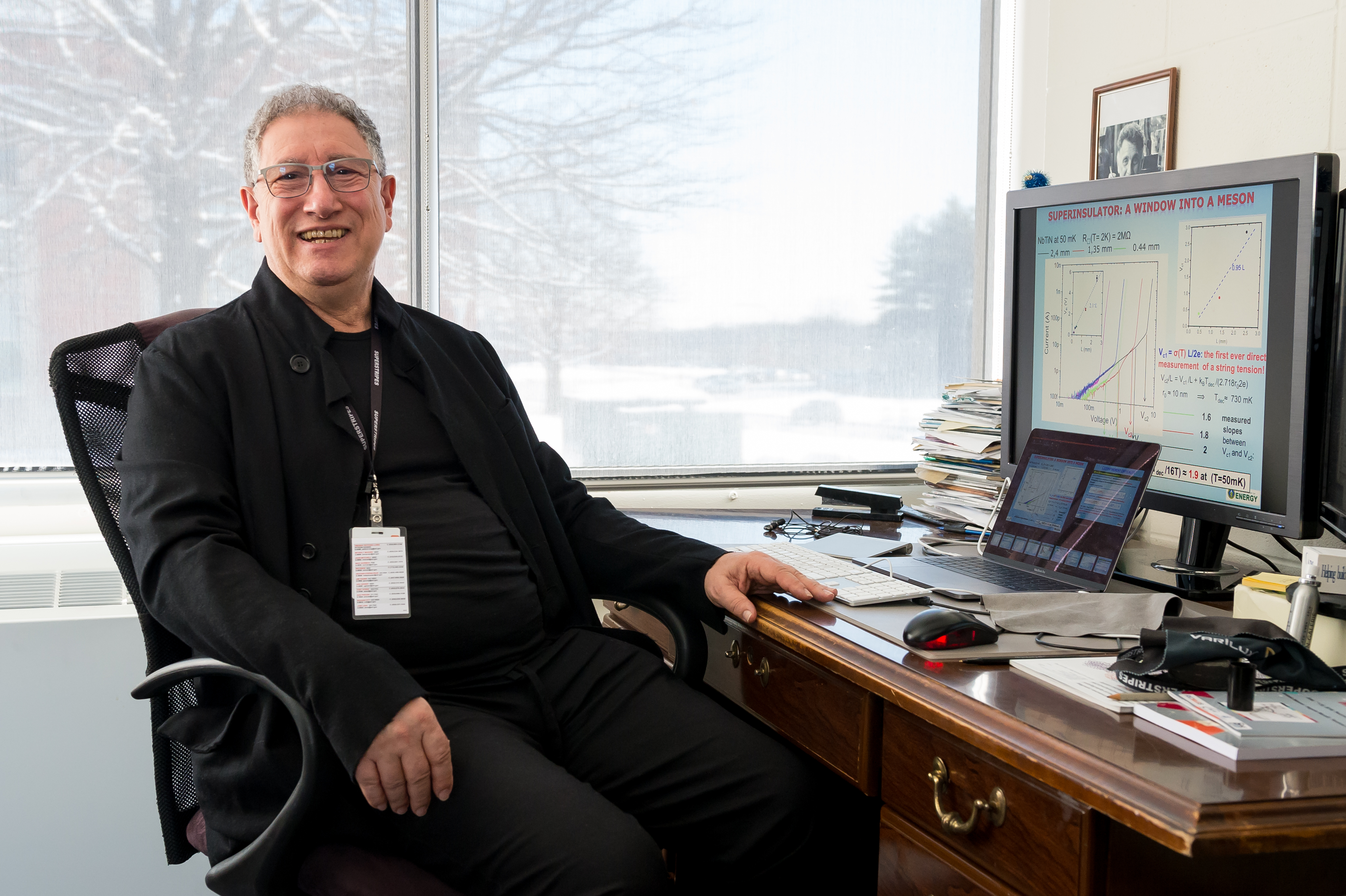
Valerii Vinokur, a senior scientist and distinguished fellow at the U.S. Department of Energy’s (DOE) Argonne National Laboratory, has been awarded the Fritz London Memorial Prize for his work in condensed matter and theoretical physics.
Berkeley Lab scientists tap into graphene’s hidden talent as an electrically tunable superconductor, insulator, and magnetic device for the advancement of quantum information science
Scientists at Argonne National Laboratory report fabricating and testing a superconducting nanowire device applicable to high-speed photon counting. This pivotal invention will allow nuclear physics experiments that were previously thought impossible.
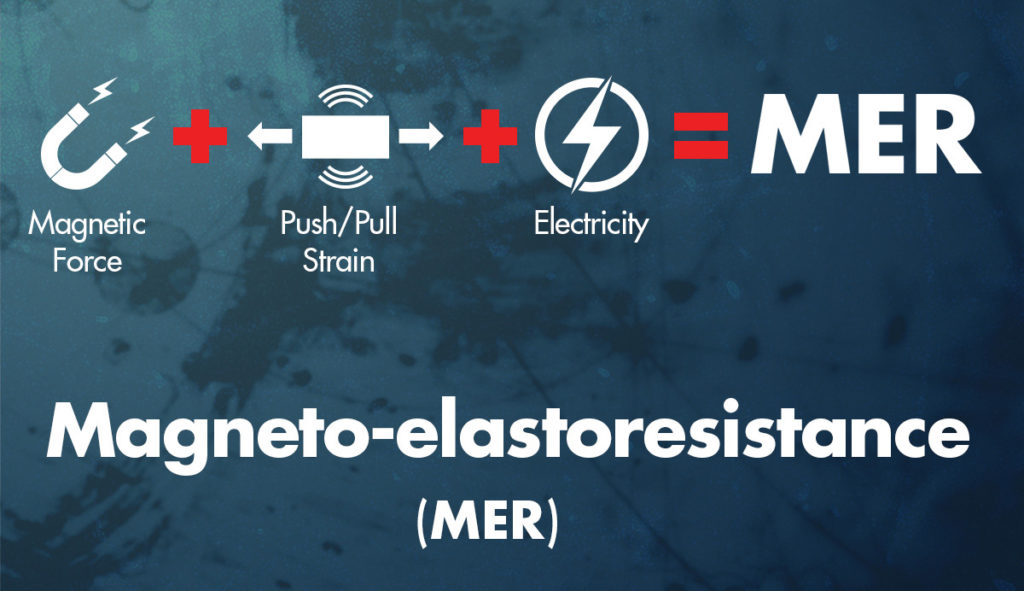
Experimental physicists have combined several measurements of quantum materials into one in their ongoing quest to learn more about manipulating and controlling the behavior of them for possible applications. They even coined a term for it– Magneto-elastoresistance, or MER.

Researchers have for the first time detected an exceptional surface based on measurements of exceptional points. These points are modes that exhibit phenomenon with possible practical applications in information processing.

Scientists at Berkeley Lab have developed a diamond anvil sensor that could lead to a new generation of smart, designer materials, as well as the synthesis of new chemical compounds, atomically fine-tuned by pressure.

SLAC theorists have observed strange metallicity in a well-known model for simulating and describing the behavior of materials with strongly correlated electrons, which join forces to produce unexpected phenomena rather than acting independently.
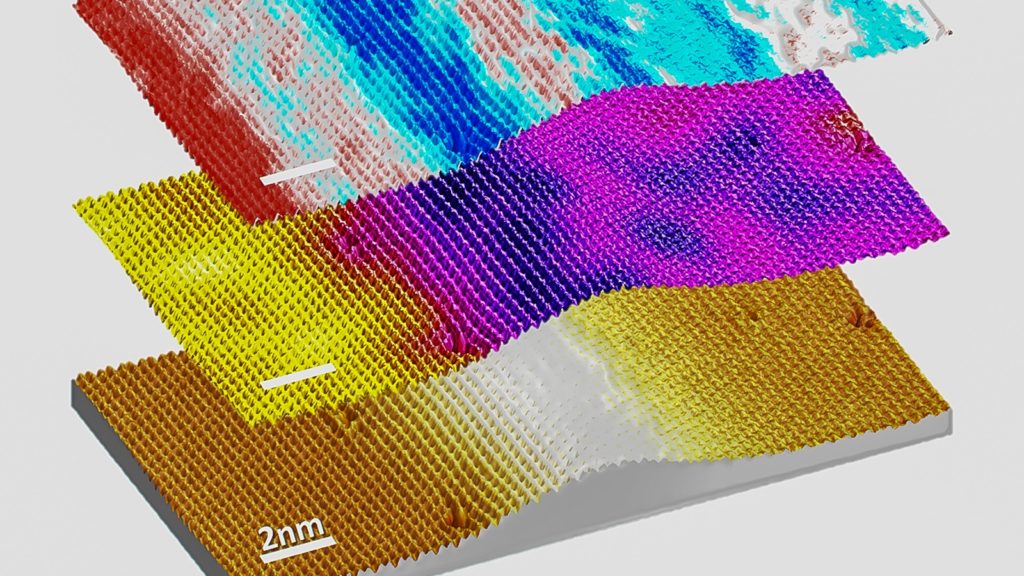
Argonne scientists have discovered an intriguing new behavior in a two-dimensional material at the atomic level as it is stretched and strained, like it would be in an actual flexible device.
Google recently announced that its quantum computer made a huge breakthrough and can perform a calculation that would normally take thousands of years in mere minutes. What exactly is quantum computing? What does it require? Johns Hopkins University’s Yufan Li,…
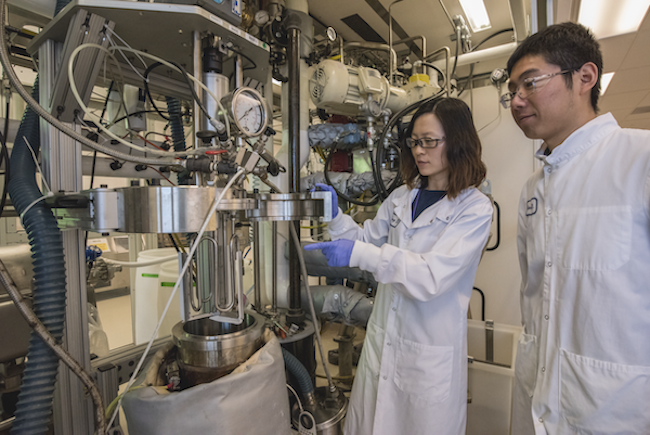
Science Snapshots – Waste to fuel, moiré superlattices, mining cellphones for energy data
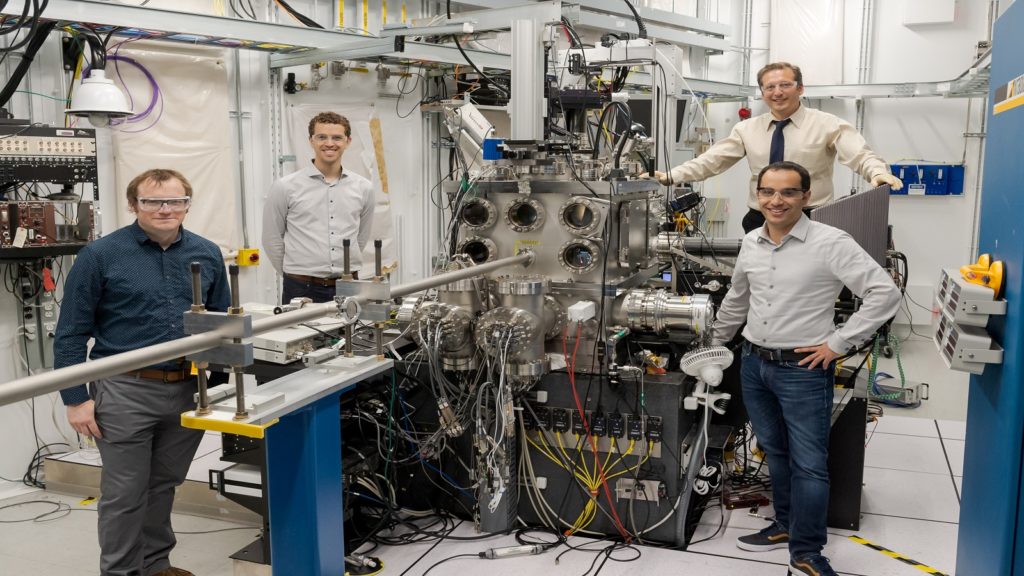
By using sound waves, scientists have begun to explore fundamental stress behaviors in a crystalline material that could form the basis for quantum information technologies.
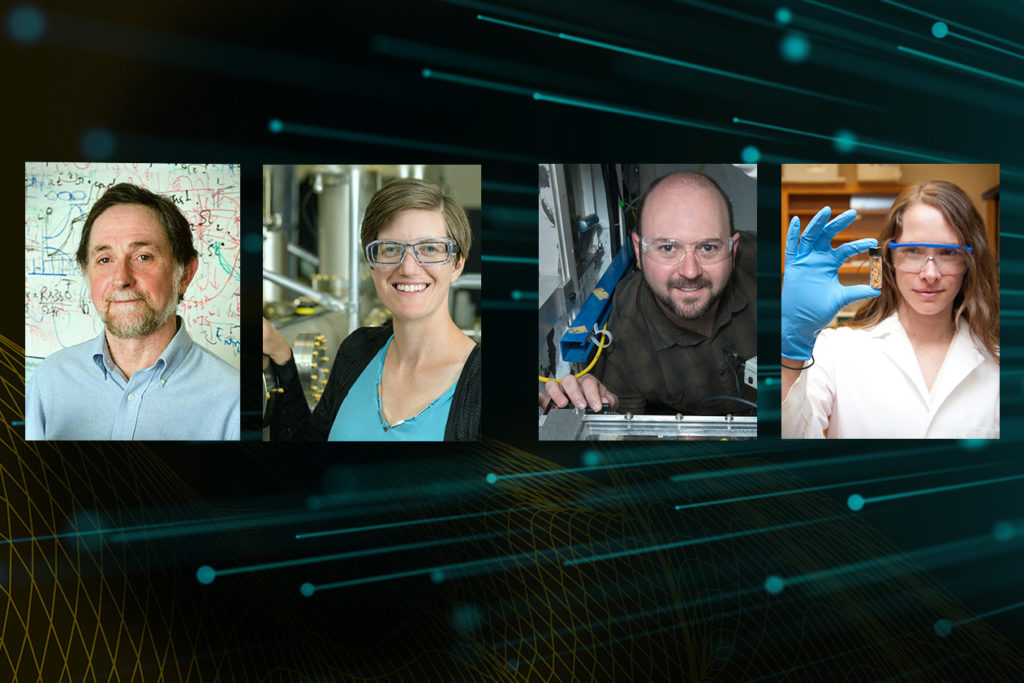
The U.S. Department of Energy’s (DOE) Brookhaven National Laboratory and the University of Delaware (UD) have begun a two-year joint initiative to promote collaborative research in new areas of complementary strength and strategic importance.